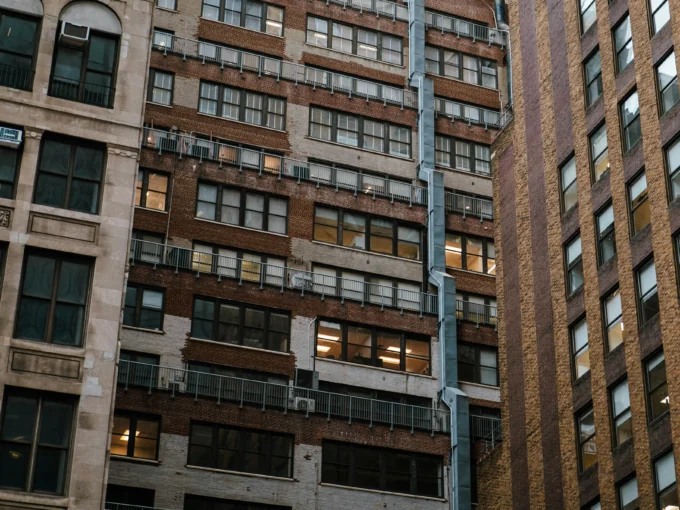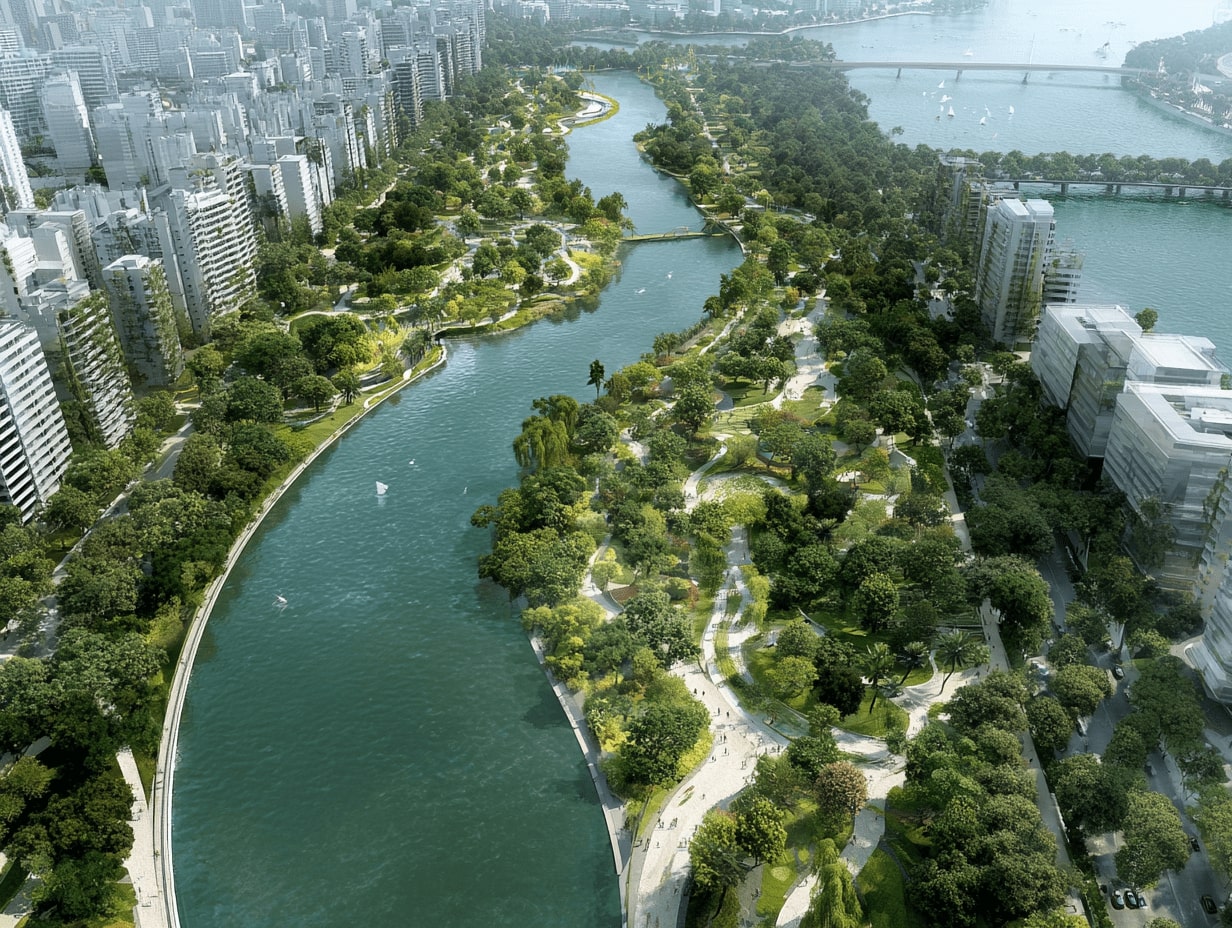- Home
- Articles
- Architectural Portfolio
- Architectral Presentation
- Inspirational Stories
- Architecture News
- Visualization
- BIM Industry
- Facade Design
- Parametric Design
- Career
- Landscape Architecture
- Construction
- Artificial Intelligence
- Sketching
- Design Softwares
- Diagrams
- Writing
- Architectural Tips
- Sustainability
- Courses
- Concept
- Technology
- History & Heritage
- Future of Architecture
- Guides & How-To
- Projects
- Interior Design
- Competitions
- Jobs
- Store
- Tools
- More
- Home
- Articles
- Architectural Portfolio
- Architectral Presentation
- Inspirational Stories
- Architecture News
- Visualization
- BIM Industry
- Facade Design
- Parametric Design
- Career
- Landscape Architecture
- Construction
- Artificial Intelligence
- Sketching
- Design Softwares
- Diagrams
- Writing
- Architectural Tips
- Sustainability
- Courses
- Concept
- Technology
- History & Heritage
- Future of Architecture
- Guides & How-To
- Projects
- Interior Design
- Competitions
- Jobs
- Store
- Tools
- More
The Importance of Parks in Growing Cities: Enhancing Community, Health, and Sustainability
Discover the vital role parks play in growing cities, enhancing quality of life, and fostering community connections. This article delves into the physical and mental health benefits of green spaces, their environmental impact, and economic contributions. Learn how parks promote social interaction, boost property values, and mitigate urban challenges.

As cities expand and populations grow, the importance of parks becomes increasingly vital. These green spaces not only provide a breath of fresh air amidst concrete jungles but also play a crucial role in enhancing our quality of life. Parks serve as community hubs where we can gather, relax, and connect with nature, fostering a sense of belonging in our bustling urban environments.
In addition to their social benefits, parks contribute significantly to our physical and mental well-being. They offer safe areas for exercise, recreation, and mindfulness, helping us combat the stresses of city living. As we explore the multifaceted advantages of parks in growing cities, we’ll uncover how they can shape healthier, happier communities for all of us.

Table of Contents
ToggleThe Importance of Parks in Growing Cities
Parks play a vital role in expanding urban environments. They boost the quality of life by providing residents with access to green spaces. Parks enhance community interactions by acting as central gathering spots. These areas foster social connections and encourage community engagement, critical for cultivating a sense of belonging.
Parks improve mental health by offering peaceful settings for relaxation. Exposure to nature helps reduce stress and anxiety. Regular visits to parks promote physical activity, encouraging exercise through walking, jogging, and recreational sports. This connection between parks and health is significant; studies show that urban green spaces lower the risk of chronic diseases by promoting active lifestyles.
Parks also contribute to environmental sustainability. They improve air quality, reduce heat, and support biodiversity within cities. The presence of parks can lead to increased property values, benefiting local economies. Communities with well-maintained parks attract visitors, providing additional revenue through tourism and local businesses.
Parks provide valuable educational opportunities. Schools can utilize these spaces for outdoor classes, encouraging learning in natural settings. Additionally, parks host community events and programs aimed at environmental stewardship and conservation awareness.
Parks’ accessibility influences community equity. Ensuring all residents have access to nearby green spaces addresses social disparities. Cities that prioritize parks in their development plans demonstrate a commitment to improving residents’ overall well-being.
Parks are essential in growing cities. They enhance public health, foster community ties, stimulate local economies, and support environmental sustainability. As cities expand, investing in park development will create healthier, more connected urban populations.
Benefits of Urban Parks
Parks in urban areas offer significant advantages, enhancing our cities’ livability and promoting healthier lifestyles. We’ll explore their environmental impact and contributions to health and well-being.

Environmental Impact
Parks actively contribute to environmental sustainability in cities. They improve air quality by filtering pollutants and absorbing carbon dioxide, which leads to cleaner urban atmospheres. Parks also offer habitats for diverse species, promoting biodiversity and supporting local ecosystems. Furthermore, vegetation in parks helps reduce urban heat, mitigating the “heat island” effect common in highly developed areas. Statistics show that trees and greenery can lower surrounding temperatures by 2 to 10 degrees Fahrenheit. Effective stormwater management is another benefit, as parks absorb rainwater, reducing flooding and improving water quality in local waterways. Overall, urban parks are essential in fostering a healthier environment.
Health and Well-Being
Parks play a crucial role in enhancing physical health and mental well-being. They provide safe spaces for exercise, including walking, jogging, and engaging in sports. Access to parks encourages regular physical activity, lowering the risk of chronic diseases such as obesity, diabetes, and heart disease. Mental health benefits arise from the calming nature of park settings, which reduce stress and anxiety levels. Research indicates that spending time in green spaces can significantly boost mood and improve cognitive function. Furthermore, parks create opportunities for social interaction, strengthening community ties and fostering a sense of belonging among residents.
Social and Community Aspects
Parks serve as pivotal hubs for social interaction and community building in growing cities. They create spaces that encourage people to come together, fostering stronger community bonds and enhancing overall quality of life.

Fostering Community Engagement
Parks promote community engagement through various activities and events that bring residents together. We see families hosting picnics, friends participating in sports, and neighbors meeting for cultural celebrations. These interactions not only build relationships but also cultivate a sense of ownership and pride in our neighborhoods. Regular programming, such as outdoor movie nights or farmers’ markets, enhances participation and strengthens community ties.
Enhancing Public Spaces
Parks significantly enhance public spaces by providing well-designed environments that draw people in. We benefit from aesthetically pleasing landscapes that incorporate walking trails, gardens, and recreational areas. These green spaces improve the urban environment, offering areas for relaxation and leisure. When parks are accessible, we notice increased foot traffic that benefits local businesses and reinforces the connection between economic and social vitality. Maintaining these public spaces ensures they continue to meet the diverse needs of our growing populations.
Economic Contributions of Parks
Parks deliver significant economic benefits to growing cities, influencing property markets and local tourism.

Increasing Property Values
Parks enhance property values in nearby neighborhoods, with studies showing that homes located near parks can appreciate by 5% to 20%. Proximity to green spaces makes neighborhoods more desirable, attracting families and individuals seeking a healthy lifestyle. Additionally, well-maintained parks improve the overall aesthetics of an area, further driving demand for housing. Real estate developers often consider park access when designing new residential projects, ensuring alignment with community preferences for natural amenities.
Boosting Local Tourism
Parks act as attractive destinations for tourists, promoting local economies through increased visitation. Major parks and natural attractions often host events, festivals, and recreational activities, drawing visitors from outside the area. This influx leads to higher spending in local businesses, including restaurants, hotels, and shops. Urban parks, like Central Park in New York City, provide iconic experiences that enhance a city’s profile, offering unique recreational options that capitalize on tourism. Investing in parks ultimately translates into improved economic stability and growth for our communities.
Challenges Facing Urban Parks
Urban parks face significant challenges that impact their effectiveness and accessibility. We must address these issues to ensure parks remain valuable resources for communities.

Maintenance and Funding Issues
Maintenance and funding issues significantly hinder the functionality of urban parks. Limited budgets often lead to inadequate landscaping, damaged facilities, and unsafe environments. For example, cities may allocate only 0.1% of their overall budgets to park maintenance, resulting in deteriorating conditions. Insufficient funding hampers the ability to hire enough staff for regular upkeep, which can diminish safety and enjoyment for users. Public-private partnerships can provide alternative funding sources, yet consistent investment remains essential to maintain high-quality park spaces.
Urban Development Pressures
Urban development pressures heavily influence the availability and quality of parks. Rapid population growth often leads to increased demand for housing and commercial spaces, resulting in peaceful green areas being repurposed for development. We observe cases where parks are reduced in size or eliminated entirely to accommodate new construction. Additionally, zoning regulations can limit land designated for park use, compounding accessibility challenges. Advocating for equitable development policies and integrating park space into urban planning can help mitigate these pressures and preserve essential green spaces.
Conclusion
Parks play a crucial role in the development of growing cities. They enrich our communities by providing spaces for diverse activities, promoting physical health, and fostering social interactions. We recognize parks as vital elements in enhancing urban life, helping residents disconnect from daily stresses and reconnect with nature.
Parks significantly improve environmental quality, contributing to sustainability efforts. They enhance air quality, support local wildlife, and mitigate heat effects in urban settings. By managing stormwater efficiently, they protect our cities from flooding and improve overall water conditions.
The economic benefits of parks are substantial. Proximity to green spaces increases property values and appeals to homebuyers. Our evidence shows that homes near parks can appreciate by up to 20%. Additionally, parks attract tourists, boosting local economies through increased spending.
Despite their benefits, we face challenges in maintaining and funding these essential green spaces. Cities must prioritize park maintenance and development to keep them safe and accessible. Embracing equitable development policies ensures that all residents enjoy the advantages parks provide.
Parks are indispensable in fostering healthier, happier communities. We must advocate for their preservation and integration into urban planning to ensure future generations benefit from these essential resources.
- cities embracing green spaces
- city park development
- city planning and parks
- community engagement in parks
- community parks importance
- enhancing community through parks
- green spaces in cities
- health benefits of parks
- healthy cities initiative
- importance of city green spaces
- park sustainability strategies
- parks for community well-being
- parks in urban planning
- role of parks in urban areas
- sustainability in cities
- sustainable urban environments
- urban environmental benefits
- urban greenery benefits
- urban health and parks
- urban parks benefits
- well-being through parks
Submit your architectural projects
Follow these steps for submission your project. Submission FormLatest Posts
How Urban Design Evolves Like Nature
How urban design evolves like nature: a practical guide to adaptive cities...
Why Walkable Cities Make Us Happier: Science, Design, and Daily Joy
Walkable cities make us happier: less stress, built-in exercise, stronger community. Explore...
Designing the Architecture of Waiting Stations and Transitional Space
Explore the architecture of waiting stations and transitional spaces: how design shapes...
The Architecture of Water: Designing With Rivers, Lakes, and Seas
Explore the architecture of water designing cities with rivers, lakes, and seas...












Leave a comment